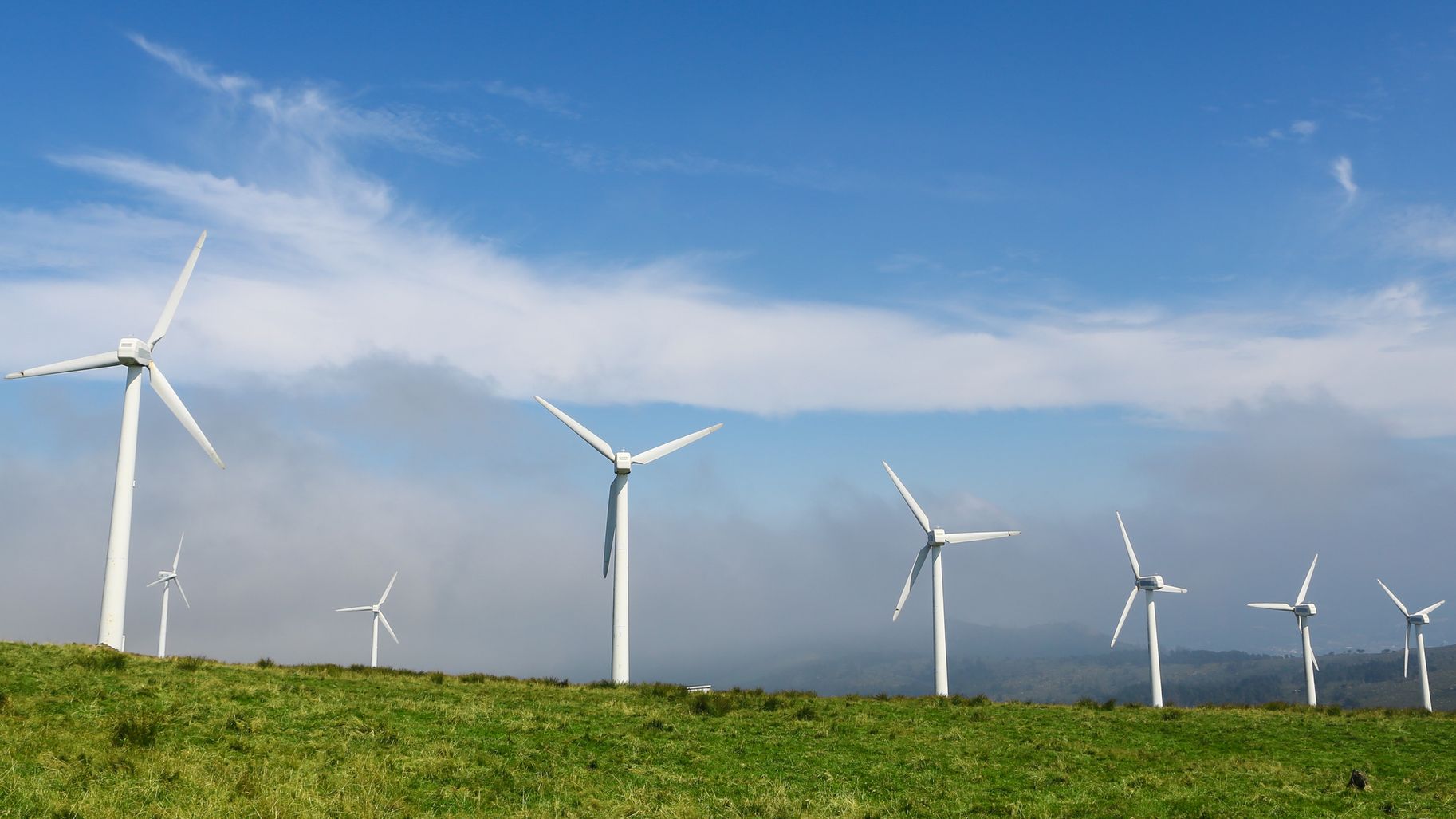
A look back at the origins of a partnership
In 2010, the Valeol wind gust engineering consultancy - the research and development department of Valorem - and the Memphis project team joined forces around a CIFRE thesis for an initial collaboration. Their desire was to study the aerodynamics of a wind turbine blade and to define a computation code capable of predicting the production of a wind turbine if the equipment was modified (e.g. extension of the turbine).
A second collaboration saw the light of day in 2015 in order to continue this work. The aim of this second CIFRE thesis is to define a mathematical method capable of carrying out more complex wind turbine production forecasts, that would make it possible to calculate production if the company replaced the blades of a wind turbine with a new model, for example. For this CIFRE, in order to capitalise on these new, high value-added skills, Valorem chose to recruit PhD student Claire Taymans on a permanent contract from the very start.
A collaboration allowing an ETI (intermediate-sized company) to join an H2020 project
Coordinated by the University of Bristol, AeroGust (Aeroelastic Gust Modeling) brings together 12 academic and industry partners from different countries. The aim of the project is to work on the modelling of the effects of wind gusts on aircraft wings and wind turbine blades. The project started on 1 May 2015 for a duration of three years. Valorem was able to join the consortium thanks to its collaboration with the Memphis project team. A 'win-win' partnership enabling Valorem to benefit from the very specialist expertise of all of the researcher partners and for the Memphis project team to enrich its research by feeding it with real data.
An H2020 project enabling the financing of an experiment
The AeroGust H2020 project enables the funding of a major experimental campaign via the installation of sensors on a wind turbine located in Plougras, in Brittany, and of a measurement mast in the wind farm. The installation of a measurement mast is a preliminary stage in any wind farm project. This is when the wind resource - and therefore the future production of the wind turbines - is estimated. In this experiment, this customary stage differs through its measurement capacity and volume :here the sensors collect a wind sample every second, instead of at the usual ten minute intervals. The various sensors collect detailed measurements of the wind speed at different heights, its direction, distortion and the pressure values on the blades. The objectives of this experimental work are to calibrate the digital models and to use real data in order to better understand the blade distortions. Indeed, very few wind turbine experimental data are accessible at the same time as the geometry, structural model and measurement on the blade; and none of them correlate these measurements with upstream wind gusts.
An experiment enabling the company to truly increase its skills level
Thanks to the funding of this experiment by the H2020 project, Valorem can prove its experience in instrumentation - a crucial stage in the deployment of a wind farm. It is, in effect, the measurement of the wind gust that makes it possible to predict the future production of a wind farm and therefore its financing.
It is a real increase in expertise for the Valorem group, since it establishes its experience in wind measurement. However it could also open a few doors, particularly in offshore wind turbines - a sector in which instrumentation is all the more critical as investments are significant.
And what now?
The H2020 AeroGust consortium will come to an end in June; however Valorem and the Memphis project team wish to continue their collaboration.
Moreover, to continue this sharing of knowledge in this field, Inria and Valorem, together with the University of Seville, Politecnico di Torino, Volkswagen, Optimad and Virtualmechanics have responded to a European call for projects in order to further exchanges between research and innovation staff to study the wake effects of wind turbines or of cars for Volkswagen.
Valorem wishes to develop its skills in predictive maintenance. This means developing a system making it possible to anticipate the maintenance of the wind turbines by analysing the data emitted by the sensors on the turbines.
This convergence between data and predictive models also lies at the heart of the research prospects of the Memphis project team. The volumes of data collected by the sensors will enable precise modelling thanks to the design of reliable digital models. It will be possible to readjust the digital simulations on in situmeasurements in real time.